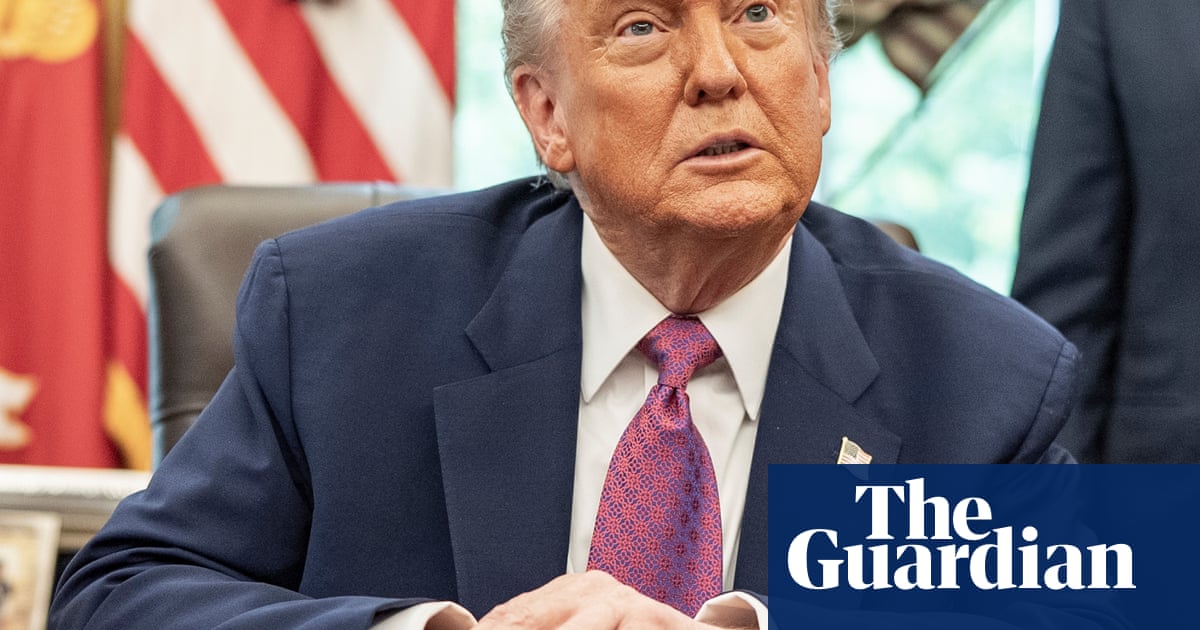Donald Trump has endorsed the US-China trade deal struck in London that will ramp up supplies of rare earth minerals and magnets needed for the automotive industry, saying it will take total tariffs on Beijing to 55%.
Acknowledging that his Chinese counterpart, Xi Jinping, still needed to give his final approval on the termsagreed late on Tuesday night at Lancaster House, the US president disclosed the pact would also facilitate Chinese students’ access to US colleges.
The 55% tariff total appears at first glance to be a hike fromthe 30% rate agreed in the trucestruck early last month when both sides slashed triple-digit rates. However, a White House official said it merely reflected Trump’s worldwide 10% baseline “reciprocal” tariff on imports, the 20% fentanyl trafficking levy and a 25% pre-existing tariff on China.
Writing on his Truth Social platform on Wednesday, Trump said: “Our deal withChinais done, subject to final approval with president Xi and me … We are getting a total of 55% tariffs, China is getting 10%. Relationship is excellent!”
After two days of negotiations in London, US and Chinese officials agreed on a framework to get their trade truce back on track and remove China’s export restrictions on the rare earth imports essential to US industries including automotive, electronics and defence, while offering little resolution to wider trade differences.
Trump added in his post that the deal included “full magnets, and any necessary rare earths, will be supplied, up front, by China. Likewise, we will provide to China what was agreed to, including Chinese students using our colleges and universities (which has always been good with me!)”
The US secretary of commerce, Howard Lutnick, told reporters the London “framework” put “meat on the bones” of an agreement reached last month in Geneva to ease retaliatory tariffs that had reached crushing triple-digit levels
It would, he said, allow them to “implement” the Geneva pact but was subject to the approval of Trump and Xi.
The Geneva deal had faltered over China’s curbs on critical minerals exports, prompting the Trump administration to respond with export controls of its own preventing shipments of semiconductor design software, aircraft and other goods to China.
Sign up toBusiness Today
Get set for the working day – we'll point you to all the business news and analysis you need every morning
after newsletter promotion
The London deal came as the US car industry came close to halting production because China had choked off the supply of magnets used in windshields and doors. China has a stranglehold on the global market of rare earths and magnets and introduced curbs in April after Trump’s decision to launch a trade war.
